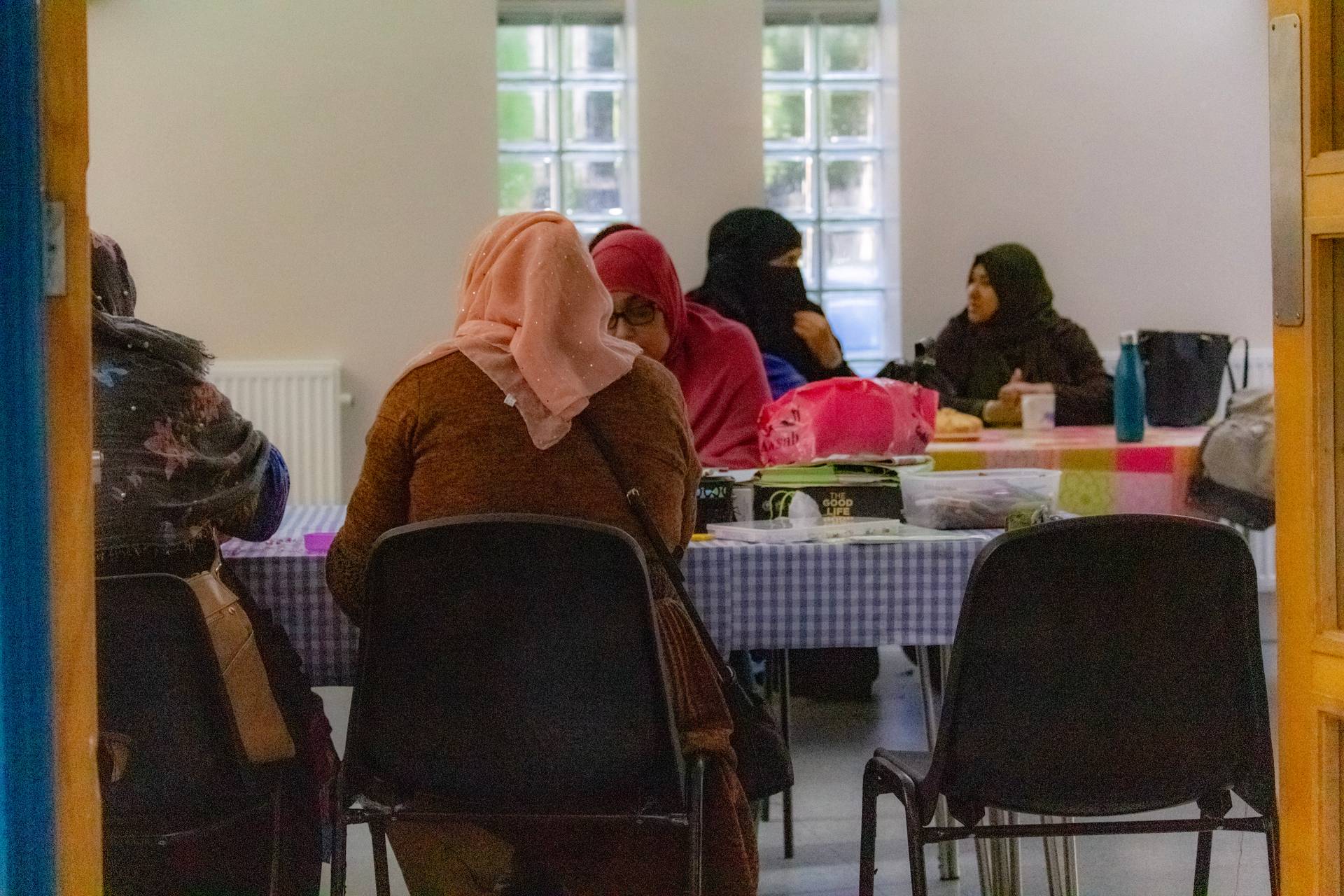Image: Camden Think & Do’s Sharing Space – a community project encouraging climate action. Credit: Sarah Bower/Ashden
Working with community groups helps councils deliver effective climate action. It means tackling local priorities in an inclusive way, with results that are welcomed by residents. It’s an approach that can make projects like boosting green transport and renewable energy, or restoring woods and rivers, more popular and impactful.
The tips and examples in this guide will you ‘co-design’ and carry out successful projects with community groups.
What is co-design – and why do it?
Co-design is an alternative to top-down approaches, which assume what communities want – and how to deliver it. Working more collaboratively lets more people have a say, and share their knowledge and experience. It also gives voices that are normally silenced a chance to be heard, and to shape local climate action. This is vital, as those with the least power in society face the biggest climate dangers.
In general, co-design sparks projects that meet residents’ priorities, and are more accepted. Research shows that community groups are often highly trusted organisations – making them the perfect partners for creating and delivering climate action.
How to engage and listen
Co-creation starts with good communication. Identify and reach out to a variety of community groups – ideally diverse organisations representing different demographics, interests and faiths. Use comfortable, safe and accessible spaces for meetings and workshops that will facilitate open dialogue and idea sharing. You can also use participatory digital planning tools such as interactive exercises, surveys, and mapping tools to gather community input.
This presentation by Sarah Allen from public engagement charity Involve features great advice – including the key questions to ask yourself as you plan your engagement, and how to make it inclusive.

How to create a great partnership: be supportive, open and values-based
Community groups will be more effective partners if you help them boost their impact. Ways to support them include offering training, the use of council-owned buildings, small grants or publicity in council communications. Could you procure services from groups in your area? Or create and oversee networks that bring groups together?
You may need to help partners understand the roles and duties of staff and teams at your authority – open days for community groups could help. Finally, put values at the heart of your partnership. Be understanding of the power dynamics at play, for example at a public meeting or workshop, and be willing to invest time and respect the aims of fellow organisations.
Watch as Ashden programme officer Matthew Ahluwalia shares more on these topics, including proven examples from across the UK.

Your next steps
- Explore our in-depth report on this topic – which features more guidance and practical examples. That’s just one resource on our Learning Out Loud pages, which feature tools, advice and case studies for local authorities.
- Dive into the detail, with a longer presentation on the role of co-creative processes in tackling the climate emergency, from the Centre for Alternative Technology. This presentation – and the two featured above – were made at a meeting of Ashden’s East Midlands local authority network, which brings together the region’s councils for learning and inspiration.
- Need more support to deliver inclusive, effective climate action? Ashden’s consultancy services can help.
